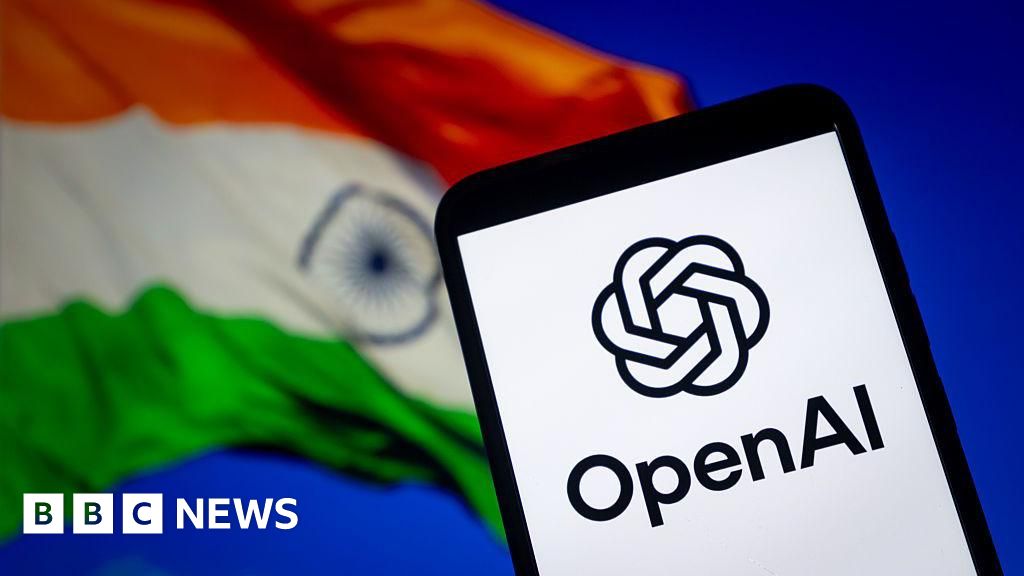Global AI firms are offering free or discounted AI in India to win users, localize models for Indian languages, and gather large multilingual datasets. The strategy is a rapid user acquisition play to build product habits, improve model robustness, and pursue AI market dominance in India.

Global AI firms including OpenAI, Google and Perplexity have rolled out free or heavily discounted AI access in India to capture scale in a market that matters at pace. This move targets a country with more than 1.4 billion people and a digital user base counted in the hundreds of millions. It is not only a marketing gesture. Free AI access, strong localization for Indian languages and partnerships with telcos are all part of a focused user acquisition play aimed at building product habits and gathering diverse multilingual data.
India combines scale, diversity and price sensitivity. With 22 official languages and many regional dialects, localization is essential. Models trained mainly on English underperform for large parts of the population, so companies pushing generative AI and conversational tools like ChatGPT, Gemini and Perplexity are investing in multilingual AI and culturally relevant datasets.
For global firms, India is a testbed for localization, usability on low cost devices and cost conscious product design. Winning users here delivers fast feedback loops, high volumes of real world inputs and brand affinity in a market where network effects can be decisive.
Expect rising expectations for built in AI features in navigation, search, education and customer service as global platforms fold capabilities into widely used apps. For startups and developers there is a clear opportunity to build vertical solutions and localized fine tuned models for sectors such as healthcare, agriculture and education.
Early free access accelerates data collection and brand habituation. Companies that capture large, diverse datasets in India can improve model robustness globally and strengthen competitive positioning. This is effectively a market share gambit: short term revenue tradeoff for longer term control of user relationships and training data.
Regulatory clarity on data governance, consent and localization will shape how these deployments scale. India is evolving policy on AI regulation and data protection, and those rules will affect the reach and design of free AI offers. Infrastructure limits such as variable networks and low cost devices mean lightweight, latency tolerant AI experiences will be more successful than heavy compute models in many regions.
The wave of free and discounted AI in India is a strategic push to capture user scale, linguistic coverage and long term engagement. Whether this produces lasting market dominance or trains users to demand locally owned alternatives will depend on how companies manage product investment, data governance and partnerships with regulators and developers across India.



